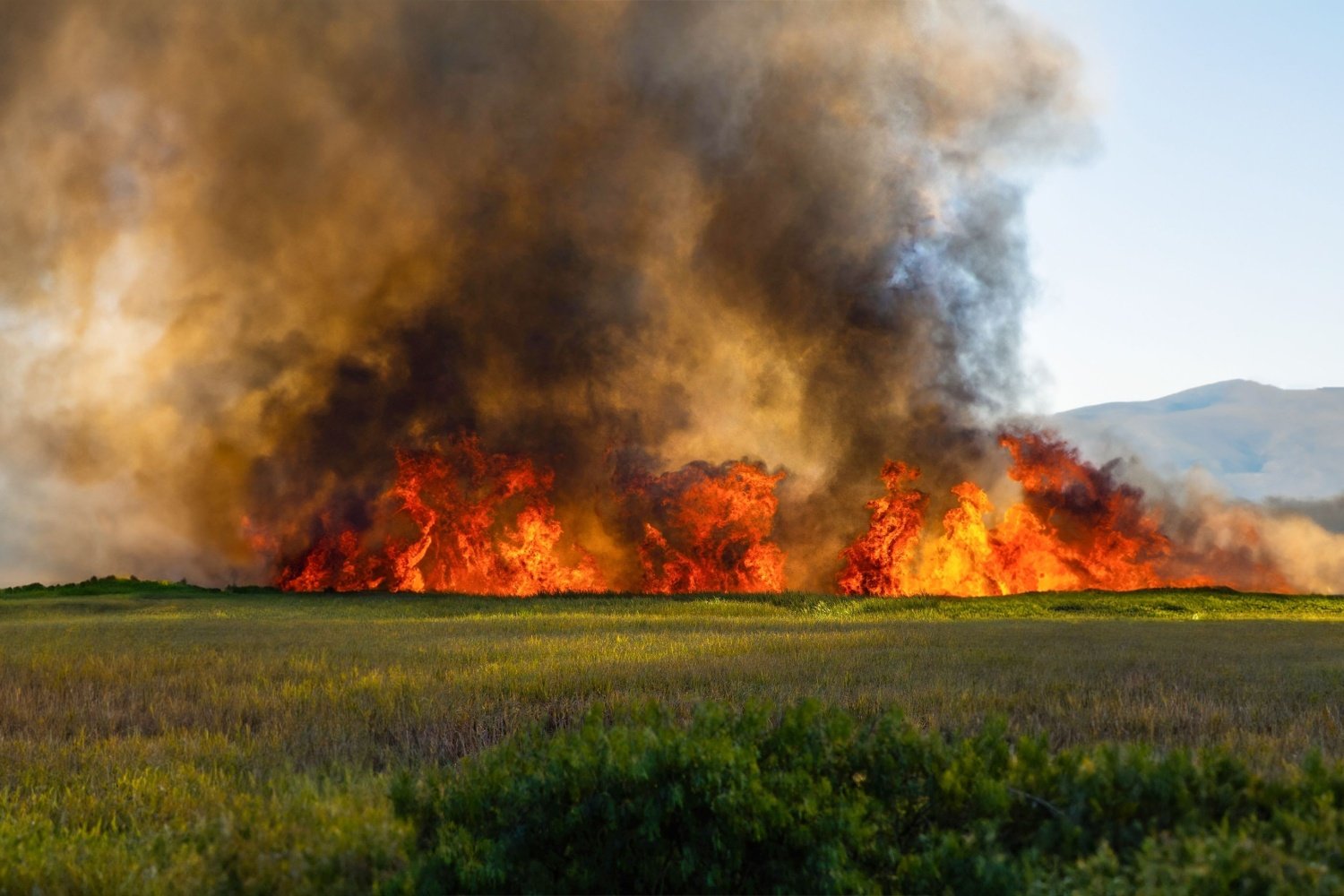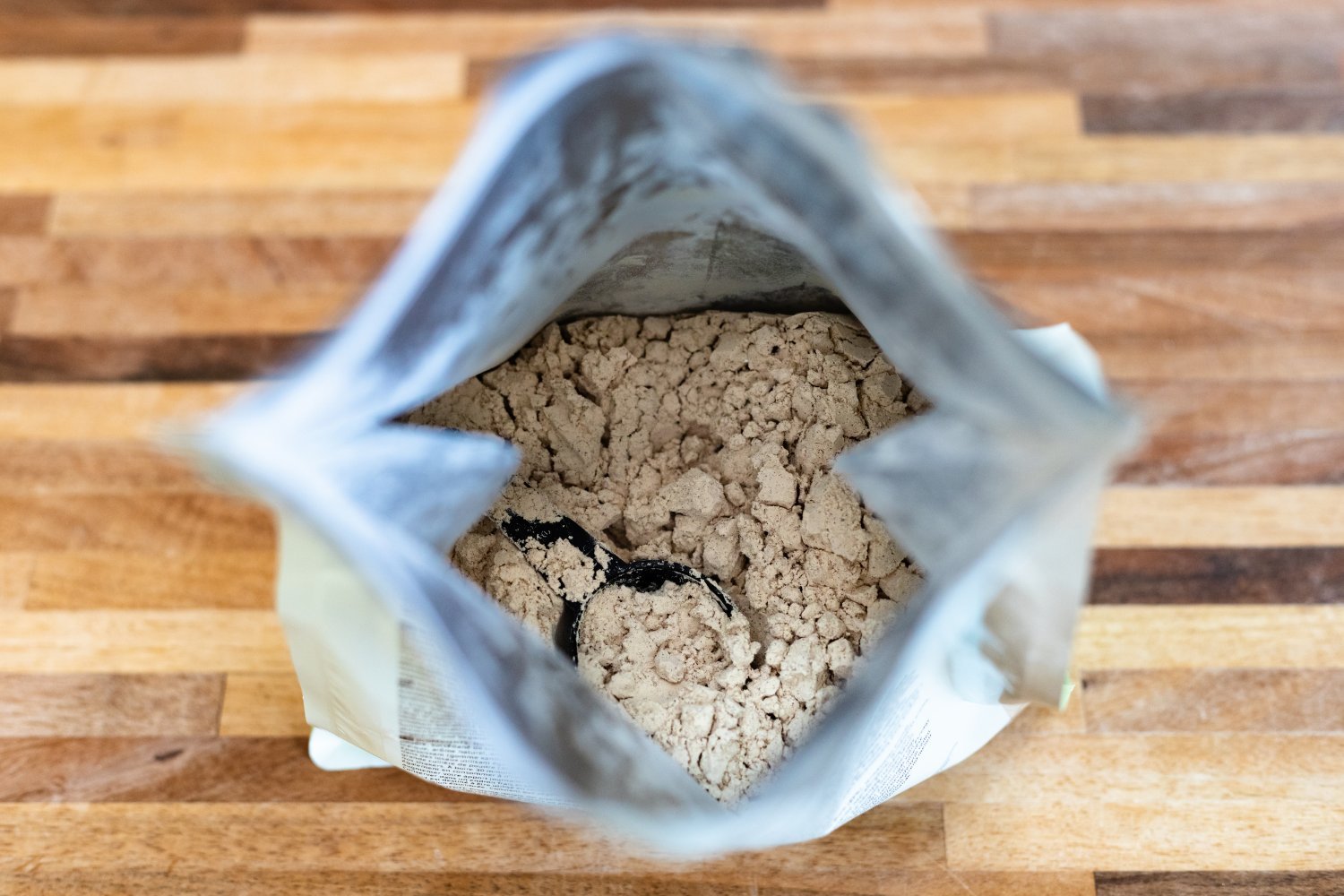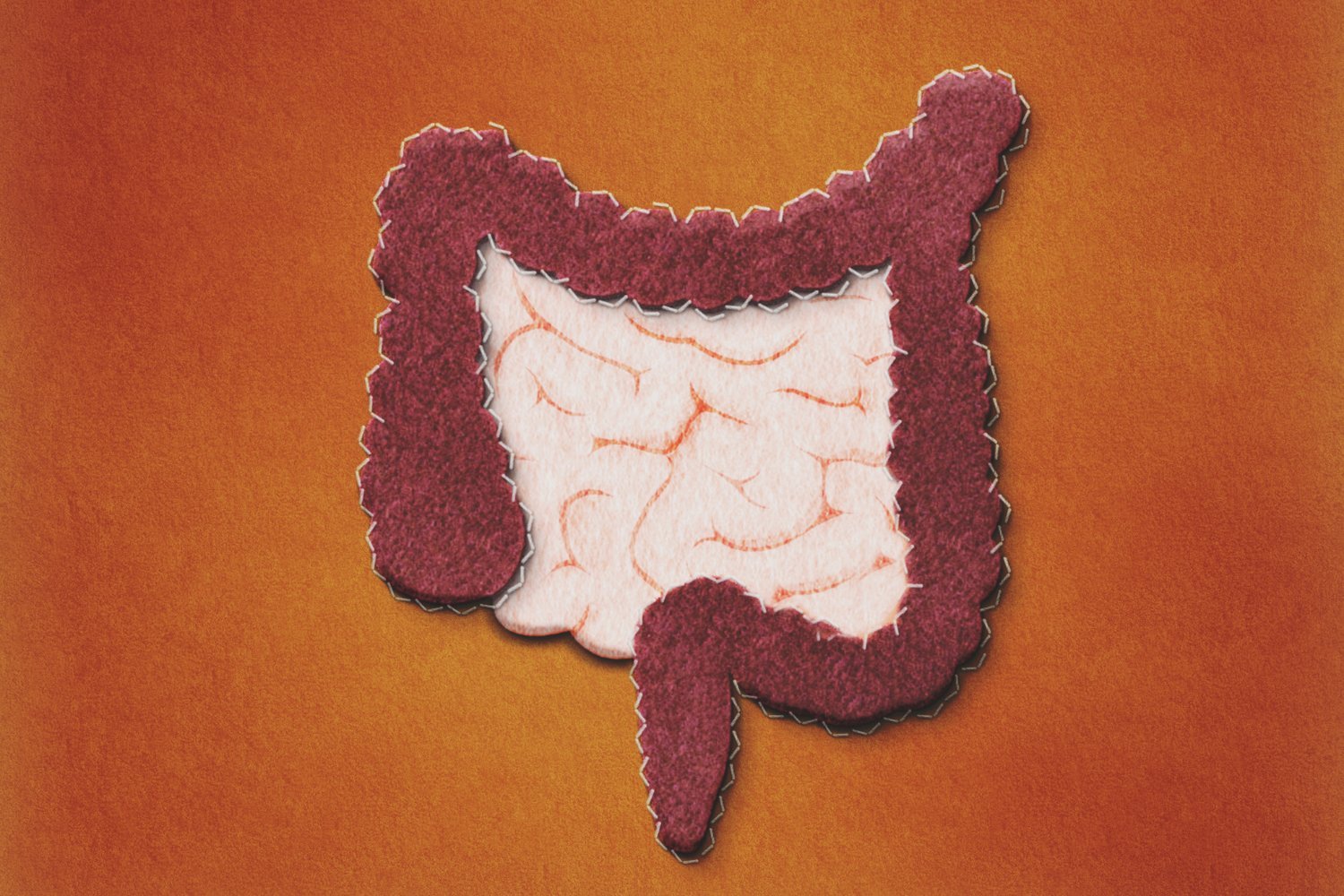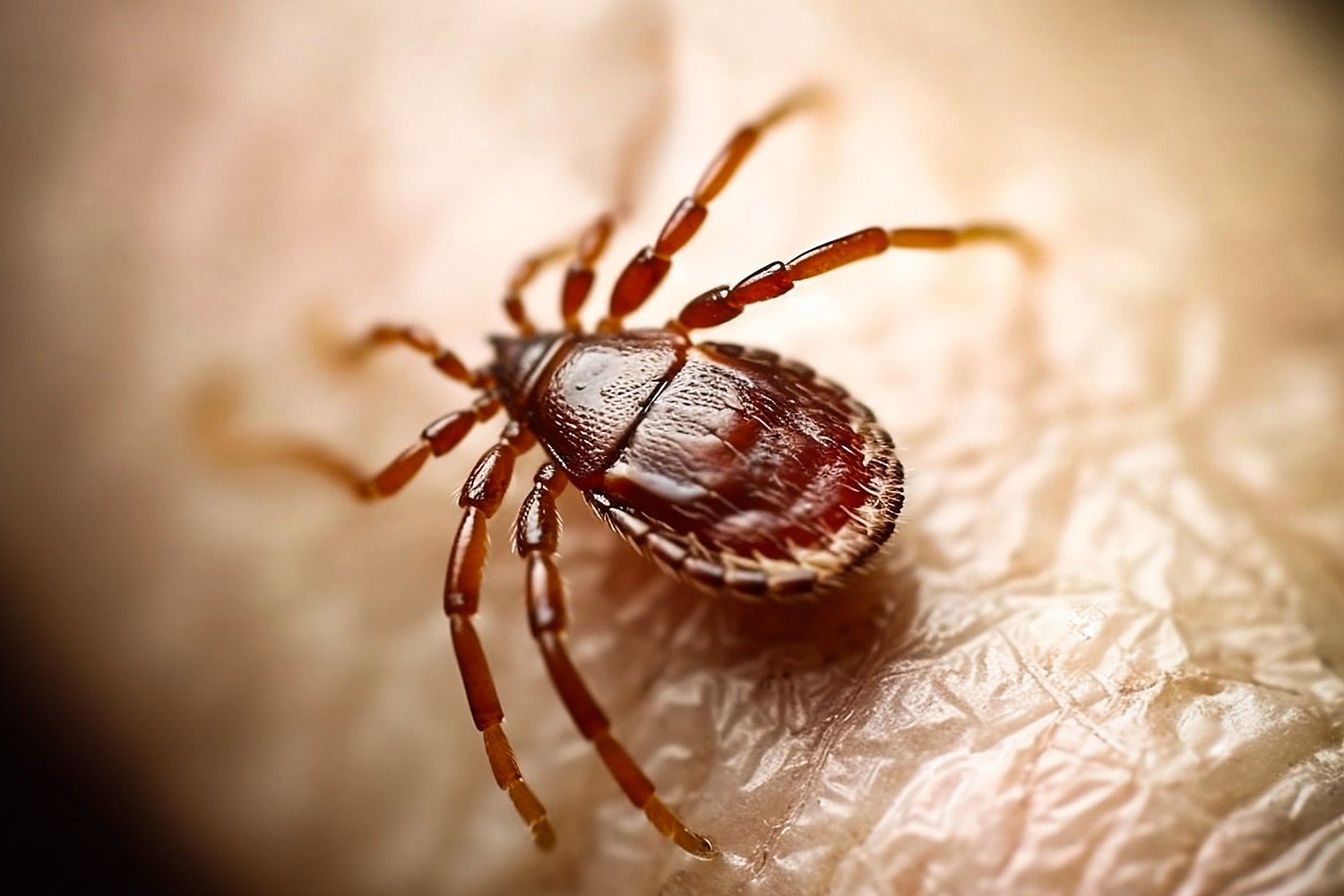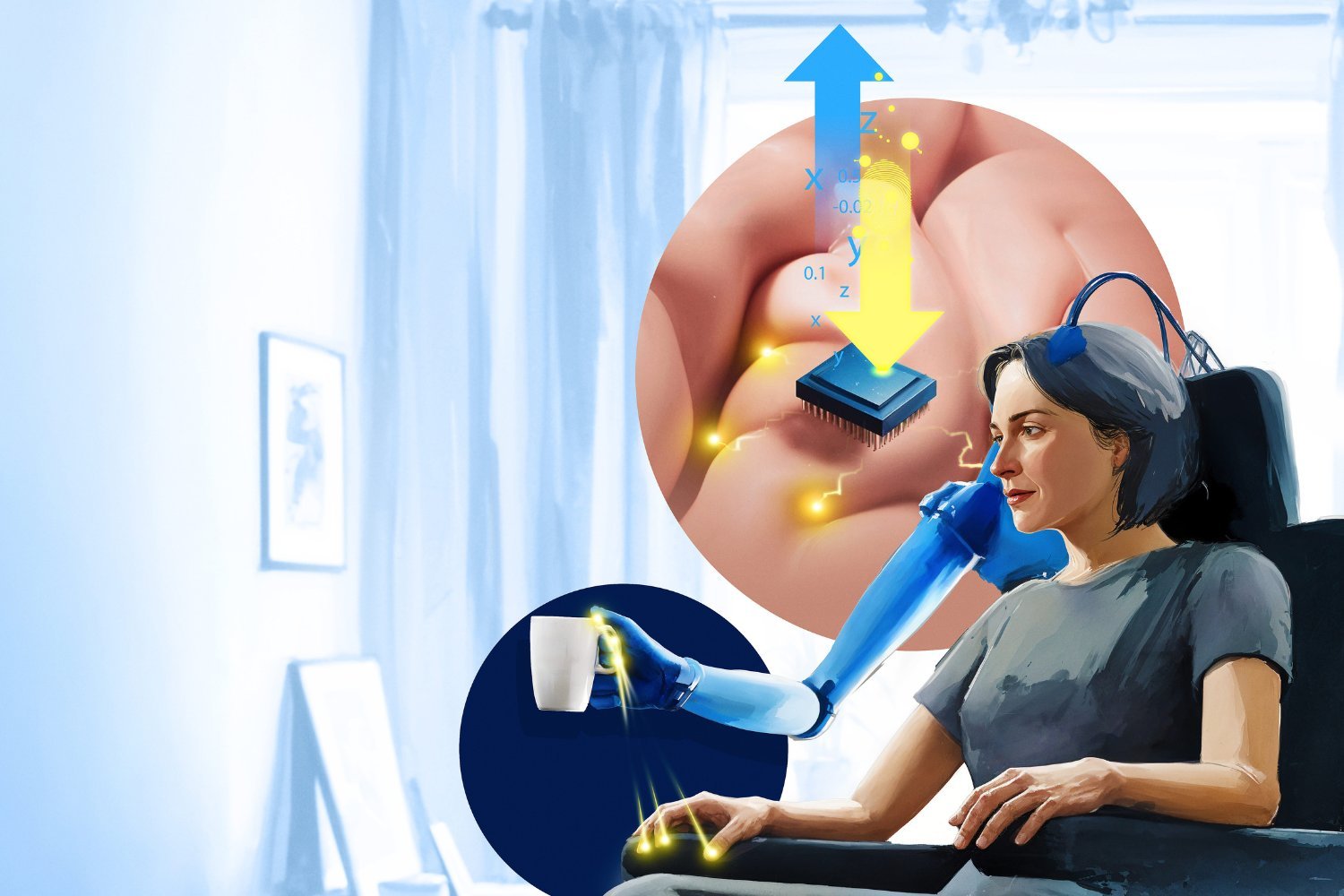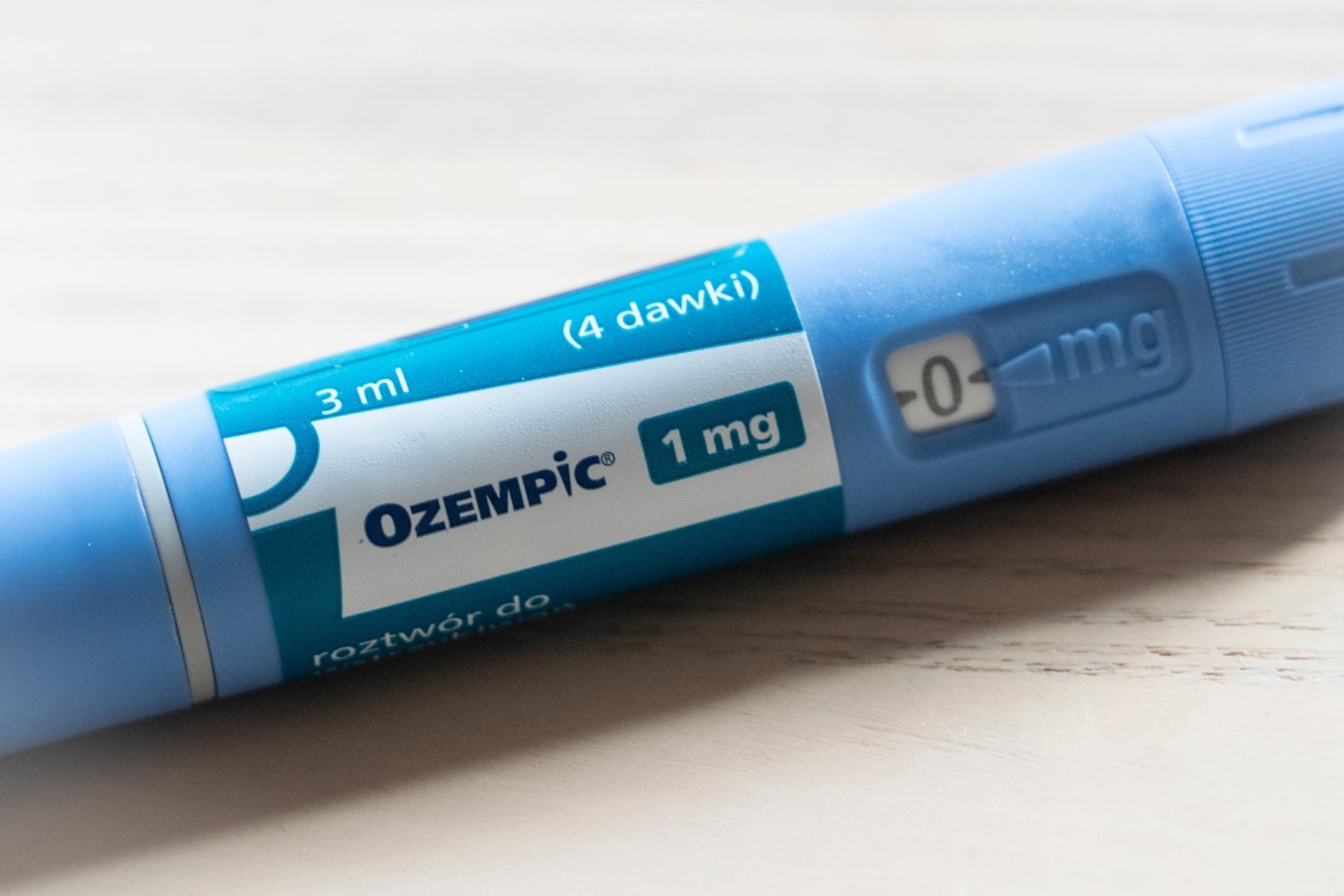Wildfires, increasingly encroaching upon residential areas, leave a devastating trail of destruction, consuming not only natural vegetation but also synthetic materials found in homes and vehicles. The resulting smoke and ash, laden with a complex mixture of chemicals, pose significant health risks that can persist long after the flames are extinguished. This article explores the health implications of wildfire smoke inside homes and offers practical tips for cleaning and staying safe.
The Hidden Dangers of Wildfire Smoke
Unlike smoke from natural vegetation fires, the smoke produced by burning synthetic materials like plastics, electronics, and furniture releases a different, potentially more toxic cocktail of chemicals. Research highlights the dangers of this chemical mix, which includes volatile organic compounds (VOCs) and heavy metals. These contaminants can infiltrate homes through cracks and openings, settling on surfaces and becoming absorbed into walls, furniture, and other household items. This off-gassing can continue for weeks or even months, posing a persistent health threat to residents.
 Researchers collected ash samples from homes after the Marshall Fire.
Researchers collected ash samples from homes after the Marshall Fire.
Health Impacts and Lingering Symptoms
Studies conducted after the 2021 Marshall Fire near Boulder, Colorado, revealed elevated levels of metals, polycyclic aromatic hydrocarbons (PAHs), and VOCs in the ash and air inside smoke-affected homes. Some VOCs, like dioxins, benzene, formaldehyde, and PAHs, are known to be toxic, with benzene classified as a carcinogen. Surveys of residents following the fire showed a high prevalence of symptoms linked to smoke exposure, including itchy or watery eyes, headaches, dry cough, sneezing, and sore throat. These symptoms were strongly associated with persistent unusual smells within the homes.
Proximity to Burned Structures and Health Effects
Research also indicated a correlation between the number of burned structures near a residence and the severity of reported symptoms. For every ten additional destroyed buildings within 820 feet (250 meters) of a home, there was a 21% increase in headaches and a 26% increase in experiencing a strange taste in the mouth. These findings underscore the importance of considering proximity to burned structures when assessing health risks after a wildfire.
Long-Term Health Concerns and Unanswered Questions
While many reported symptoms subsided over time, a significant percentage of residents continued to experience health issues even two years after the Marshall Fire. The long-term health implications of exposure to lingering wildfire smoke and ash remain a subject of ongoing research. Further investigation is needed to fully understand the long-term effects and determine safe exposure levels.
Protecting Your Health After a Wildfire
With wildfires becoming increasingly common, it’s crucial to be aware of the health risks associated with smoke-damaged homes and take appropriate precautions. If your home is affected by wildfire smoke, consider the following steps before beginning cleanup:
-
Personal Protection: Wear appropriate protective gear, including an N95 (or KN95) mask, gloves, goggles, and clothing that covers your skin to minimize exposure to harmful particles and gases during cleaning.
-
Vulnerable Populations: Keep individuals with heart or lung diseases, older adults, pregnant women, children, and pets away from cleanup activities to protect them from potential health risks.
-
Thorough Cleaning: Vacuum floors, drapes, and furniture to remove ash and particulate matter. Studies show that cleaning all surfaces can significantly reduce VOC reservoirs and lower indoor air concentrations. Open windows for ventilation once the outside air quality improves.
-
Gentle Cleaning Products: Avoid harsh chemical cleaners, which can react with chemicals in the ash and create further health hazards.
-
HVAC System Maintenance: Clean or replace your HVAC filter and ducts to prevent the spread of ash and contaminants. Change filters monthly until the smell dissipates. Portable air cleaners with carbon filters can help remove VOCs and particles.
-
Vehicle Care: If your car smells of smoke, replace the cabin air filter to improve air quality.
Conclusion
Wildfire smoke poses significant and often overlooked health risks, especially for those whose homes are exposed to smoke and ash. By understanding these risks and implementing appropriate cleaning and safety measures, you can protect yourself and your family from the lingering health impacts of wildfire smoke.
References
- The Chemistry of Fires at the Wildland-Urban Interface
- How to mitigate post-fire smoke impacts in your home
- Homes that survived the Marshall Fire 1 year ago harbored another disaster inside. Here’s what we’ve learned about this insidious urban wildfire risk
- Elevated levels of metals and PAHs in ash
- Dioxins
- Benzene
- Formaldehyde
- PAHs
- Benzene is a known carcinogen
- Survey of residents affected by the fire
- Many people were reporting symptoms
- Smoke-damaged homes studied in depth
- Decline in the number of people reporting symptoms
- Wildfires increasingly burning homes and other structures
- More people move into the wildland-urban interface
- Temperatures rise
- Steps to think about before starting to clean
- Wear at least an N95 (or KN95) mask
- Cleaning all surfaces can reduce reservoirs of VOCs
- Wildfire smoke leaves harmful gases in floors and walls. Air purifiers aren’t enough, new study shows, but you can clean it up
- First published Dec. 23, 2024
- Colleen E. Reid
- University of Colorado Boulder
- The Conversation
- Original article



